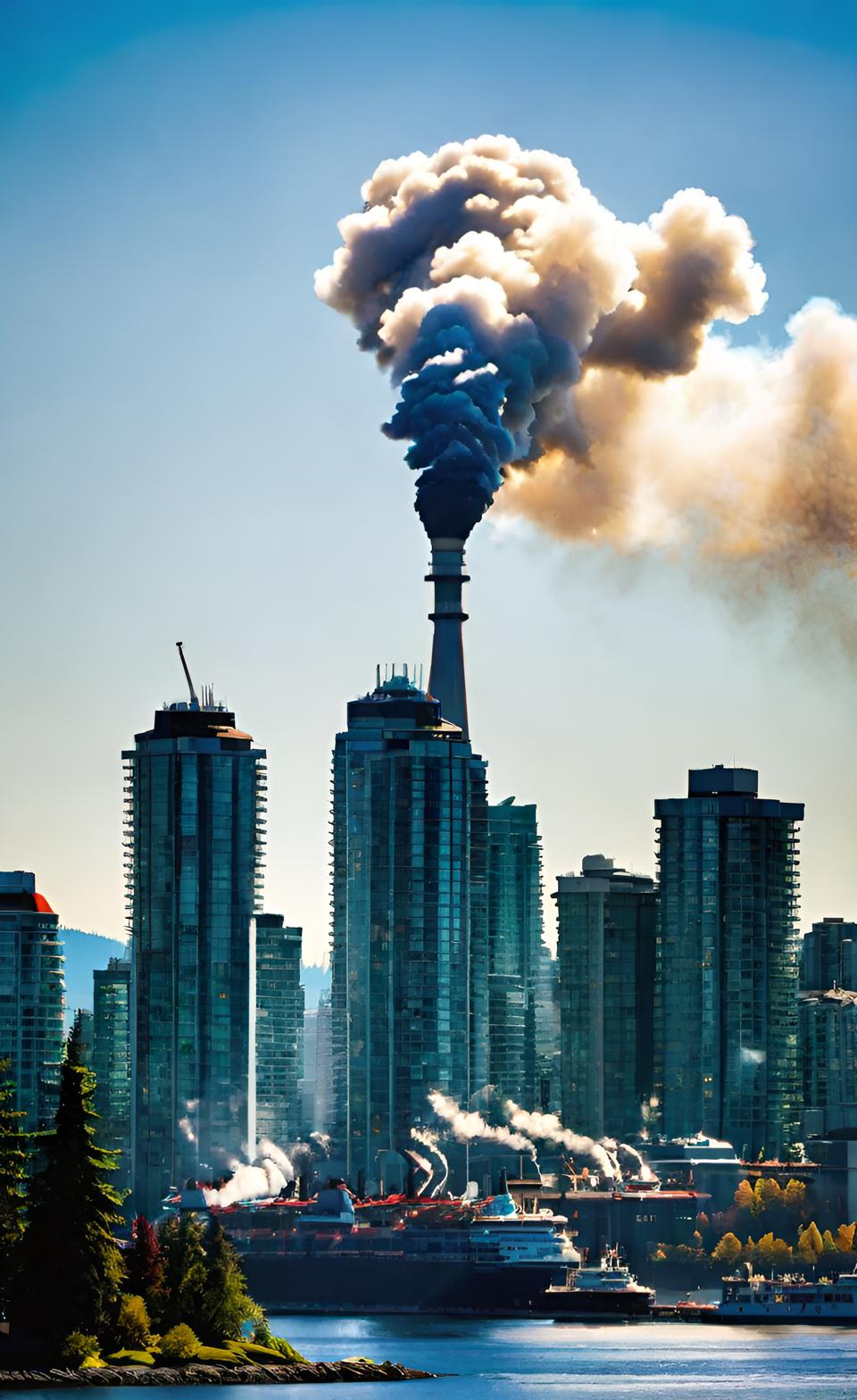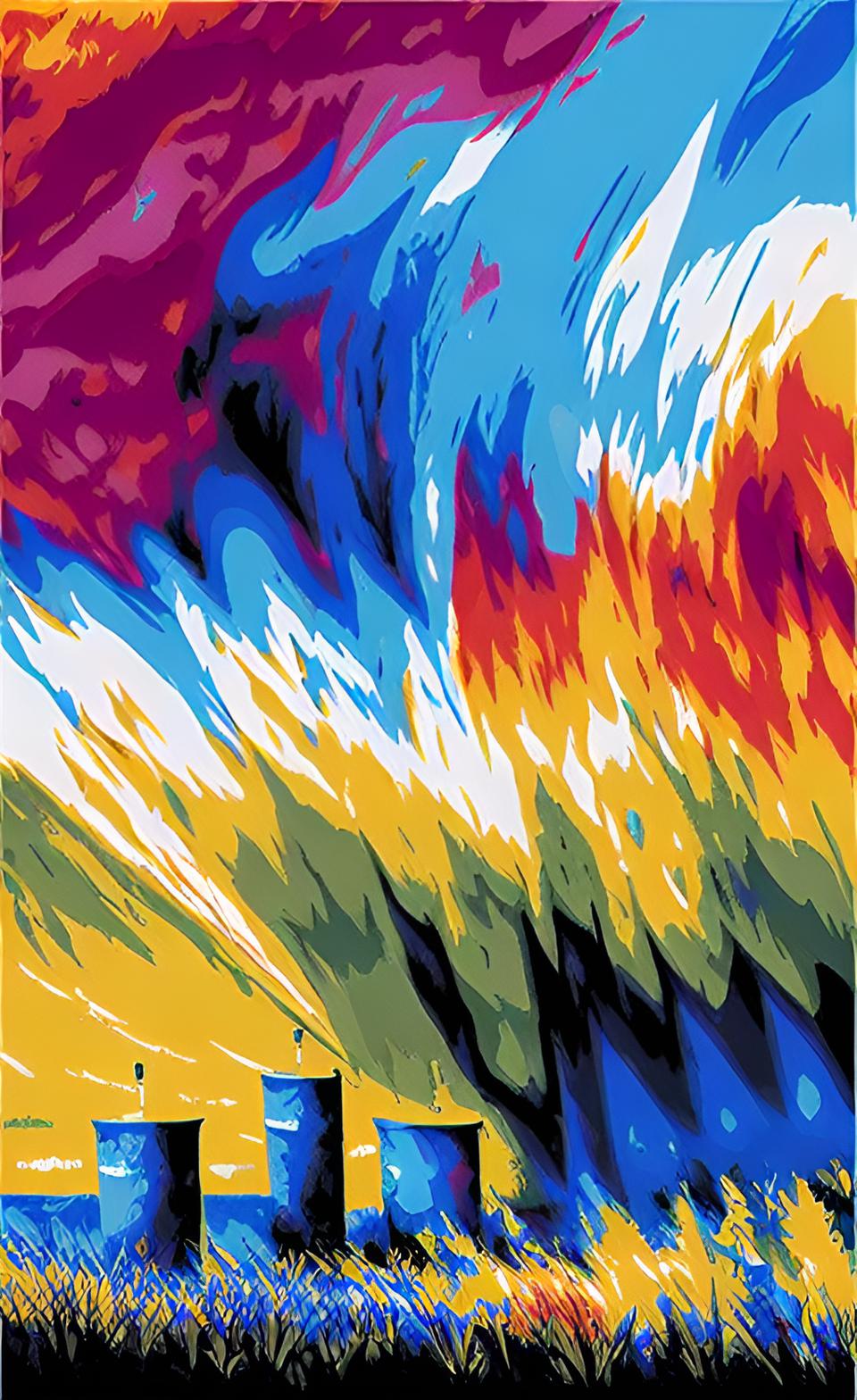- Air Homepage
- Alberta Air Quality
- Air Quality Dispersion Modelling
- Air Quality Assurance
Air Quality Science for Air Quality Assurance
What's the secret to air quality assurance, to keeping the air healthy? Science. You'll see how to predict air quality for new industrial buildings and operations in this guide. From normal workdays to unexpected hiccups, this page dives into how they account for different scenarios.
Model emissions, master assurance - If you could turn regulatory riddles into regulatory wins with one savvy scenario simulation, would you stop your factory's next startup from unleashing a pollution storm? Maybe.
Are you worried about the air where you live? Here, we'll show how scientists create worst-case scenarios to make sure facilities in the area work safely.
How does this work for clean air? Learn a bit about varying emission rates, modelling scenarios, and how handling them carefully can keep our air breathable.
 Find fresh-air environmental consulting
Find fresh-air environmental consultingInterested in this kind of assurance?
1) Maybe you're wondering if missing data or scenarios are causing problems in modelling results. Or curious about the concept of air quality assurance and want to know more:
- You might be unfamiliar with the term and want to know what it means.
- Readers might be interested in why air quality assurance is important and what it does.
- You might also want to know how air quality is maintained in modern times.
2) A special interest in environmental science, air quality monitoring, or related fields is also possible. Maybe for these reasons...
- Residents near industrial facilities: They might be concerned about air quality around their homes and want to know how factories are regulated.
- Anyone interested in environmental protection might be curious how scientists monitor and manage factory air pollution.
- Students and curious minds might love the concept of "air quality assurance" and the modelling techniques used to predict emissions.
- Air quality management may interest those considering careers in environmental science or engineering.
Even people without a scientific background can relate to the topic of air quality modelling thanks to the text's conversational tone. This practice ensures clean air and public health.
See here how Canada's three westernmost provinces discuss these issues in their respective air quality modelling guidelines.
Introducing the Fickle Smokestack: Air Quality Assurance in BC
It's crucial to consider air emissions' variability over time when modelling them. Here's how it works.
Variability in short and long term:
- Emission rates can fluctuate due to changes in operation or abnormal conditions, affecting air quality.
 Situations you don't want to happen
Situations you don't want to happen- For compliance assessment, it's recommended to use maximum expected emissions rates under normal conditions for proposed sources.
- Reduced capacity can lead to higher concentrations, especially if plume rise is reduced, and some contaminants may have higher emission rates at lower loads.
- To identify the conditions causing the highest concentrations, screening models like AERSCREEN are used to evaluate scenarios at various capacity levels (25%, 50%, 75%, 100%).
- It's important to predict ambient concentrations during abnormal operations (e.g., start-up, shut-down) to assess worst-case scenarios.
- Unanticipated emissions from equipment failure can't be modeled since they're unknown.
- For reconstructing past events, actual emissions can be used, either from continuous monitors, equipment specifications, or stack sampling data.
In general, modeling and assessing air quality requires understanding and accounting for emission variability.
Ensuring Clean Air in Alberta from Sunrise to Shutdowns
Air quality modelling is required when applying for approval for a new facility or renewal/amendment. Here's what I mean:
- Emissions during stable operations. Using Alberta's Annual Emissions Inventory Report Standard for existing facilities; engineering principles for new ones.
- Facilities have emission limits, either facility-wide or for individual sources. Calculate these rates using engineering principles and operational conditions.
- They're rare and produce a lot more emissions than normal operations. The approval may or may not have a limit.
- Planned startup/shutdown: Infrequent events with prescribed procedures. Unplanned events are upsets, not planned ones.
It's important to use representative maximum and typical emission rates. Here's some guidance on determining emission scenarios for new projects and renewals/amendments. Plan air quality assessments for new facilities or developments by taking these steps:
- Proposed emission rates for new sources can be estimated using design or engineering estimates, or using emission factor estimates.
- Determine if any project sources have maximum emission rates because of upsets. Follow one path if you don't; if you do, follow another.
- Check if proposed maximum emission rates are more than 0.4 tonnes/day above typical rates.
 Assess startup, shutdown, and malfunctions
Assess startup, shutdown, and malfunctionsScenarios: Depending on the assessment outcome, different modelling scenarios are needed when you model project sources at their maximum emissions. We start with this example Emissions Scenario:
- Model project sources at typical rates and others at maximum rates.
- Start-ups, shutdowns, and malfunctions: Assess these events and their emissions.
- Check if maximum emissions are due to non-routine flaring. Follow a specific modeling approach if yes.
- Calculate annual average concentrations using typical emission rates for project and non-project sources without considering upset limits.
These steps are illustrated with examples to ensure thorough and accurate assessments. The same logic applies to renewals and changes to approvals. The maximum emission scenarios should match the approved or proposed limits.
Emission rates are based on the average of the last three years, excluding abnormal years.
Different methods can be used to determine stack emission parameters, but approval limits are the best. Air quality models might not fit emission limits directly, so conversions need to be clear.
It's possible to model sources that operate only during specific times, but there may be special conditions.
Saskatchewan's Air Quality Toolbox: A Guide to Emission Scenario Modeling
To ensure accuracy, it's important to consider different scenarios when modelling air emissions:
 Keeping Saskatchewan's communities safe
Keeping Saskatchewan's communities safe- Maximum Emissions Scenario: Assume all operations happen simultaneously at maximum capacity, giving a conservative estimate. Consider remodeling if air quality standards are exceeded.
- Operating Emissions Scenario: Consider variable emission rates and intermittent sources when calculating emissions.
- Assess emissions during startup and shutdown. It may not be necessary to model if emissions don't increase significantly.
- Especially for facilities near communities, high emissions during malfunctions or emergencies should be assessed. Justify the inclusion of these scenarios.
They help guide decision-making and mitigate risks by capturing potential impacts and providing some air quality assurance under different operating conditions.
Calvin Consulting Group Ltd.
You can breathe easy with Calvin Consulting's expert air quality solutions
Imagine obtaining the permits you need quickly, efficiently, and in harmony with the environment. We help industrial professionals like you navigate the complexities of air quality dispersion modelling at Calvin Consulting Group Ltd.
Modelling air quality is crucial for responsible development. It lets you predict and manage emissions, leading to better environmental protection. With over 30 years of experience and the trust of government agencies, Calvin Consulting continues to excel at air quality dispersion modelling. Our team goes above and beyond to make sure your project is a success.
Among the components of our comprehensive approach are:
- Detailed Scenario Modelling: We take into account a variety of operating conditions, from normal operation to unexpected events, in order to provide a clear picture of the potential environmental impact of the project.
- Our meteorologists and dispersion modellers analyze the results thoroughly, ensuring compliance with air quality regulations.
- Regulatory authorities receive a comprehensive report with easy-to-understand text, tables, and graphics.
Choosing to have the work done with Calvin Consulting offers the following benefits:
- Ensure your air quality assessments are accurate and compliant with regulations.
- Our efficient and thorough approval process will help you avoid delays and ensure your project progresses smoothly.
- Show your commitment to clean air by operating sustainably.
So far so good? Get in touch with Calvin Consulting Group Ltd. today at

Let's work together to create a plan that gets you the approvals you need, while safeguarding the environment for everyone.
Clean air is our Passion...Regulatory Compliance is our Business.
You might think those smokestacks are suspicious, but don't be!
Scientists use "air quality assurance" so factories breathe easy, and so do you! Take a look at modeling scenarios, emission rates, and how science predicts how much smoke a factory will emit under normal conditions, surprise malfunctions, and even unexpected hiccups! Get to the bottom of clean air science's perplexity!
Do you have concerns about air pollution in your area??
Perhaps modelling air pollution will provide the answers to your question.
That is what I do on a full-time basis. Find out if it is necessary for your project.
Have your Say...
on the StuffintheAir facebook page
Other topics listed in these guides:
The Stuff-in-the-Air Site Map
And,
Thank you to my research and writing assistants, ChatGPT and WordTune, as well as Wombo and others for the images.
OpenAI's large-scale language generation model (and others provided by Google and Meta), helped generate this text. As soon as draft language is generated, the author reviews, edits, and revises it to their own liking and is responsible for the content.

New! Comments
Do you like what you see here? Please let us know in the box below.